A comprehensive Dart injury prevention program focuses on minimizing risks through proper technique, safe equipment, and a mindful approach to the game. This article will detail strategies to implement such a program, covering everything from setting up your dartboard correctly to understanding and managing potential injuries.
⚠️ Still Using Pen & Paper (or a Chalkboard)?! ⚠️
Step into the future! The Dart Counter App handles all the scoring, suggests checkouts, and tracks your stats automatically. It's easier than you think!
Try the Smart Dart Counter App FREE!Ready for an upgrade? Click above!
Let’s delve into the specifics of creating a robust dart injury prevention program. We’ll explore the common causes of dart-related injuries, how to mitigate those risks, and build a preventative strategy that keeps you throwing for years to come. Understanding the biomechanics of throwing darts is crucial, and we’ll cover that too.
Understanding the Risks: Common Dart-Related Injuries
Before we discuss the dart injury prevention program itself, let’s address the potential hazards. While darts may seem like a low-impact sport, injuries can and do occur. The most common injuries include:
- Eye injuries: These are perhaps the most serious, stemming from errant darts or broken flights.
- Wrist and elbow strains: Repetitive throwing motions can lead to overuse injuries in these areas. Proper technique is paramount.
- Back pain: Poor posture while throwing can strain your back muscles over time. We’ll discuss proper posture later in this dart injury prevention program outline.
- Finger injuries: Slipping while gripping a dart can result in cuts or bruises.
A well-structured dart injury prevention program is designed to reduce the likelihood of these incidents. Remember that even experienced players are susceptible to injuries if they don’t prioritize safety.
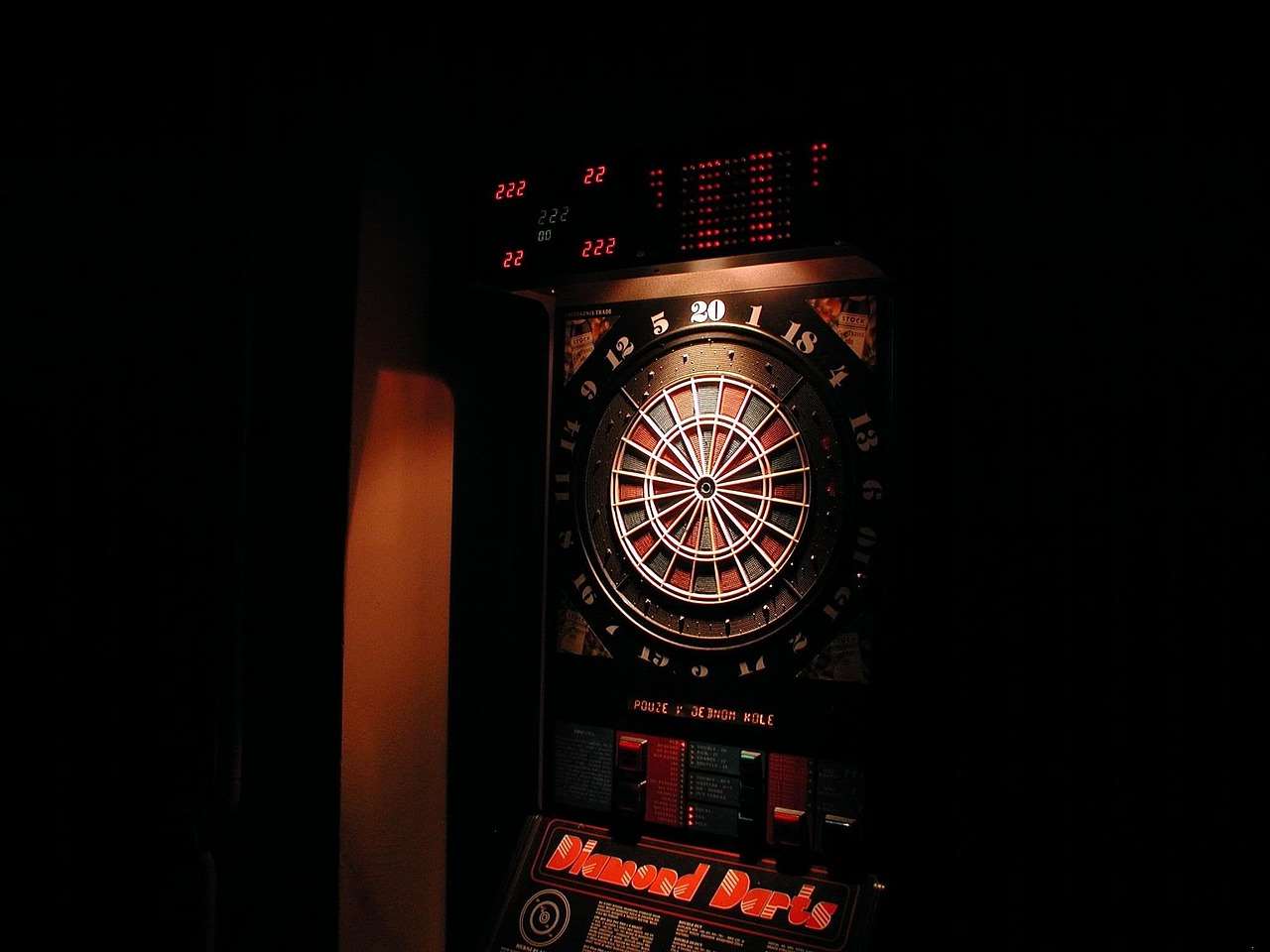
Building Your Dart Injury Prevention Program: A Step-by-Step Guide
Creating an effective dart injury prevention program is a multi-faceted approach. Here’s a breakdown of key components:
1. Safe Dartboard Setup:
The placement of your dartboard is critical. Ensure it’s mounted securely on a sturdy backboard, away from walls, furniture, and walkways. This minimizes the risk of darts ricocheting and causing injury. The lighting should also be well considered; sufficient lighting is crucial for good vision and improved dart throwing technique. A proper setup is the cornerstone of any effective dart injury prevention program.
2. Proper Throwing Technique:
Good technique significantly reduces the risk of injury. Work with a coach or experienced player to refine your grip, stance, and throwing motion. This improves accuracy while minimizing strain on your joints and muscles. Consider consulting a sports therapist for personalized guidance. Poor technique is one of the leading causes of injuries in a sport, and a robust dart injury prevention program should cover this aspect extensively. To learn more about improving your stamina, check out our guide on Stamina breathing for darts.
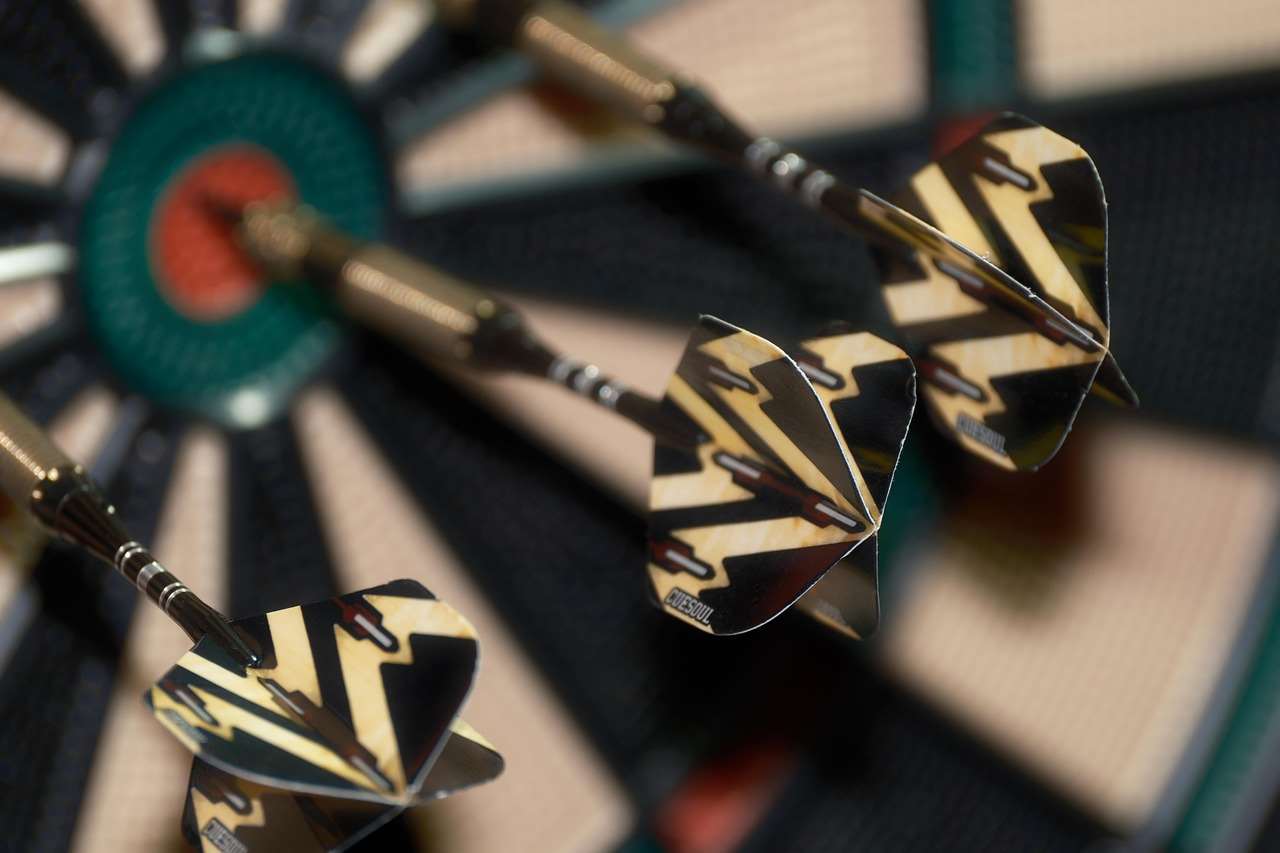
3. Warm-up and Cool-down Routines:
Always warm up your muscles before playing darts, and cool down afterward. Simple stretches can prevent injuries and improve performance. This is a critical part of any dart injury prevention program. This is especially important for preventing strains and maintaining a healthy throwing arm, especially if you play regularly. A consistent routine is key.
4. Regular Breaks and Rest:
Avoid prolonged playing sessions without breaks. Allow time for your muscles to rest, reducing fatigue and lowering the risk of overuse injuries. We provide helpful information on Fatigue and dart performance. Listening to your body is essential; rest and recovery are key components of this dart injury prevention program.
5. Eye Protection:
Consider wearing eye protection, especially during casual games where others may not be as careful with their throws. This is a straightforward but effective measure in any dart injury prevention program. Even a small piece of debris can cause significant damage, and preventative measures always outweigh the risks.
Beyond the Basics: Advanced Aspects of Your Dart Injury Prevention Program
While proper technique and safety precautions are crucial, a comprehensive dart injury prevention program should also incorporate these advanced elements:
1. Strength and Conditioning:
Regular strength and conditioning exercises, especially those focusing on core strength and upper body stability, can significantly improve your throwing technique and reduce the risk of injury. This can make a huge difference in preventing back injuries, common in dart players. For a tailored plan, visit our Darts Fitness Health page. Regular physical activity is key for a healthy body, and this is one of the most important aspects of a successful dart injury prevention program.
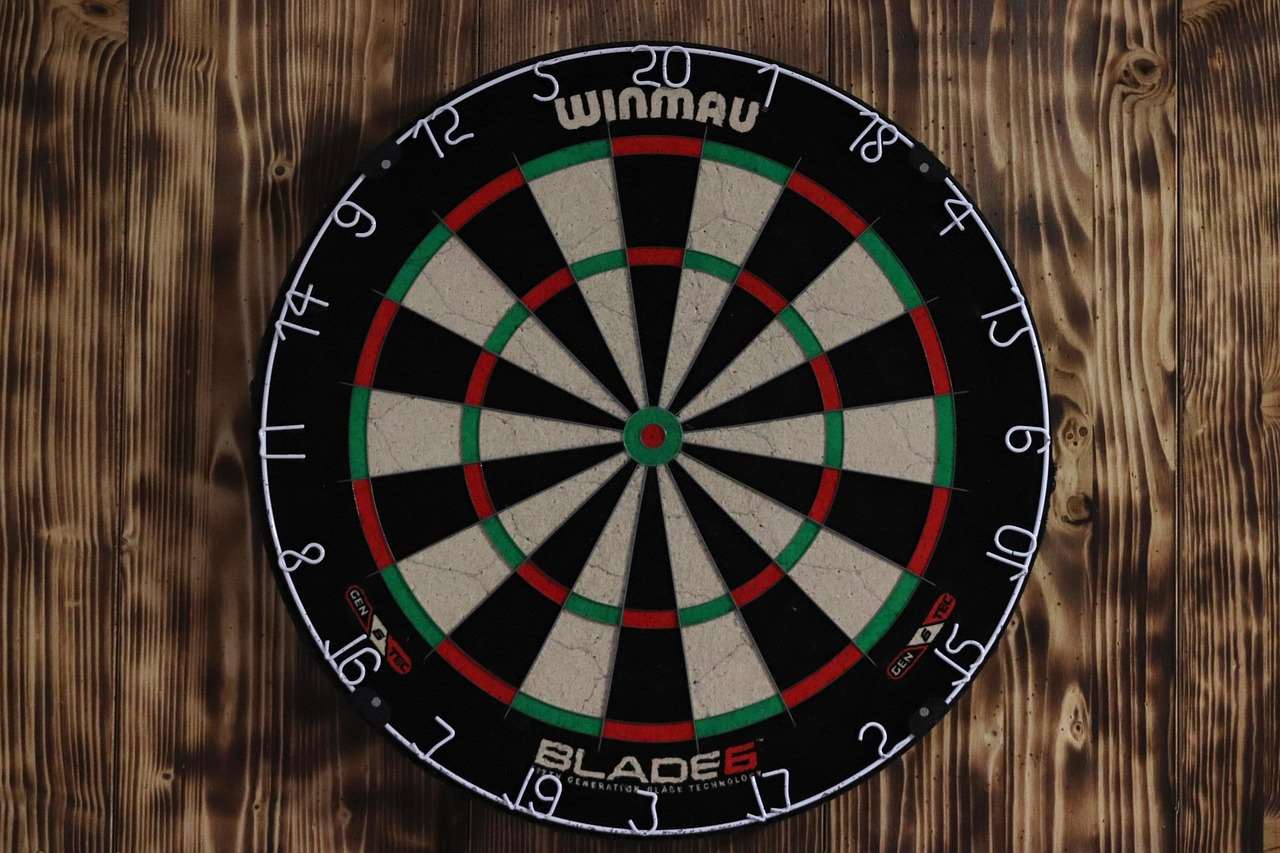
2. Nutrition and Hydration:
Maintaining a healthy diet and staying properly hydrated is vital for optimal physical performance and injury prevention. Proper nutrition aids in muscle recovery and reduces the risk of fatigue-related injuries. We have a complete guide on Nutrition for tournament play, including what to eat before and after competitions.
3. Stress Management:
Stress can negatively impact performance and increase the risk of injury. Implementing stress-management techniques, such as meditation or deep breathing exercises, can significantly benefit your overall well-being and game. Proper stress management can improve focus and concentration while reducing the risk of errors that may lead to injury. Check out our tips on Stress management techniques darts for more insights.
4. Alcohol Consumption:
Excessive alcohol consumption can impair coordination and judgment, increasing the risk of accidents. Moderate your alcohol intake, especially before and during games. See our detailed articles on Alcohol and nutrition darts and Alcohol and sleep quality darts for more information on maintaining a healthy lifestyle.
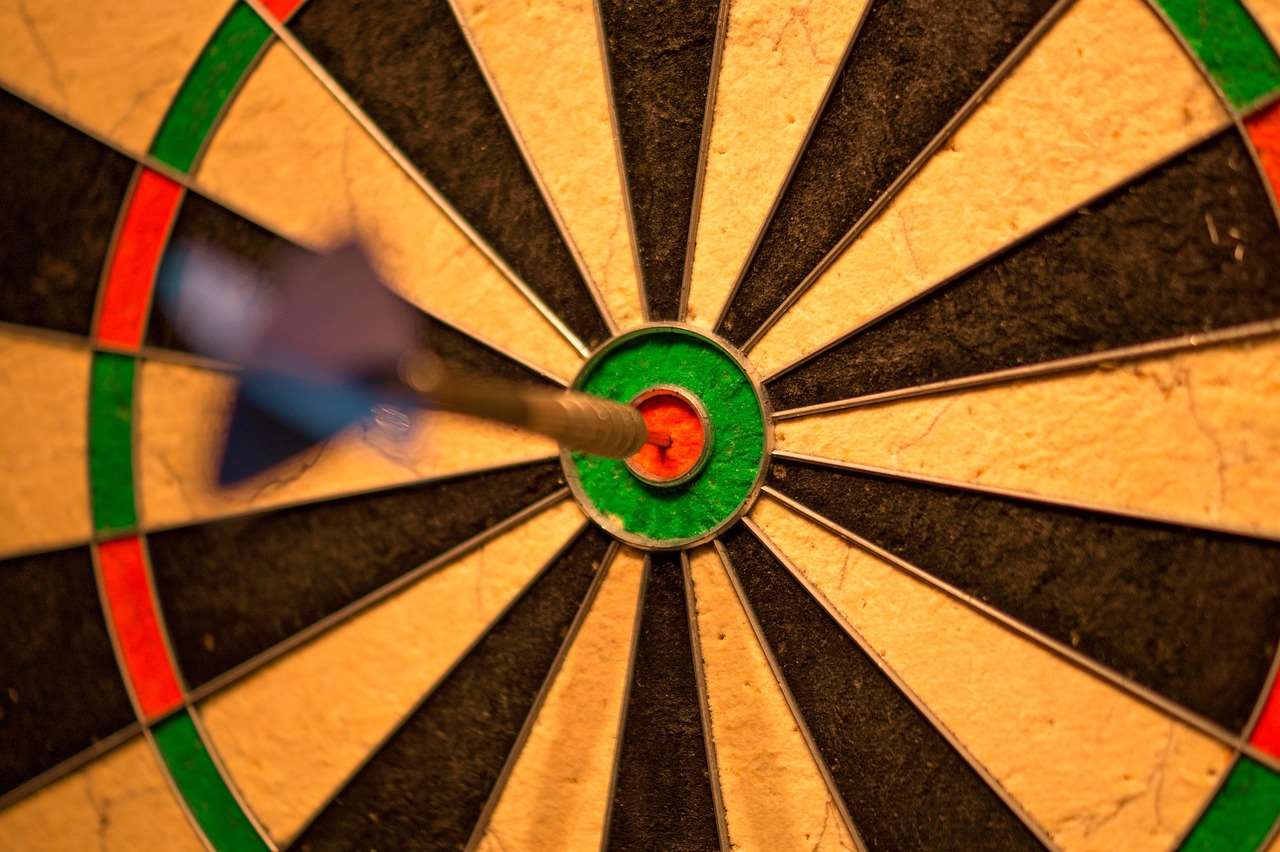
Maintaining a Long and Healthy Darts Career
A well-structured dart injury prevention program is an investment in your long-term enjoyment of the game. By consistently practicing safe habits and incorporating preventative measures into your routine, you’ll significantly reduce your risk of injury and be able to extend darts career healthy. Remember that consistency is key. Make these practices a habit, not just something you do occasionally.
Regular maintenance of your equipment is also vital. Ensure your darts are in good condition and that flights and shafts are not damaged. Replacing worn-out components can prevent unexpected injuries. Your equipment is your tool; keeping it sharp and functioning correctly is crucial for this dart injury prevention program.
Implementing a holistic approach that includes proper technique, regular exercise, healthy nutrition, and stress management will ensure a much safer and more enjoyable experience.
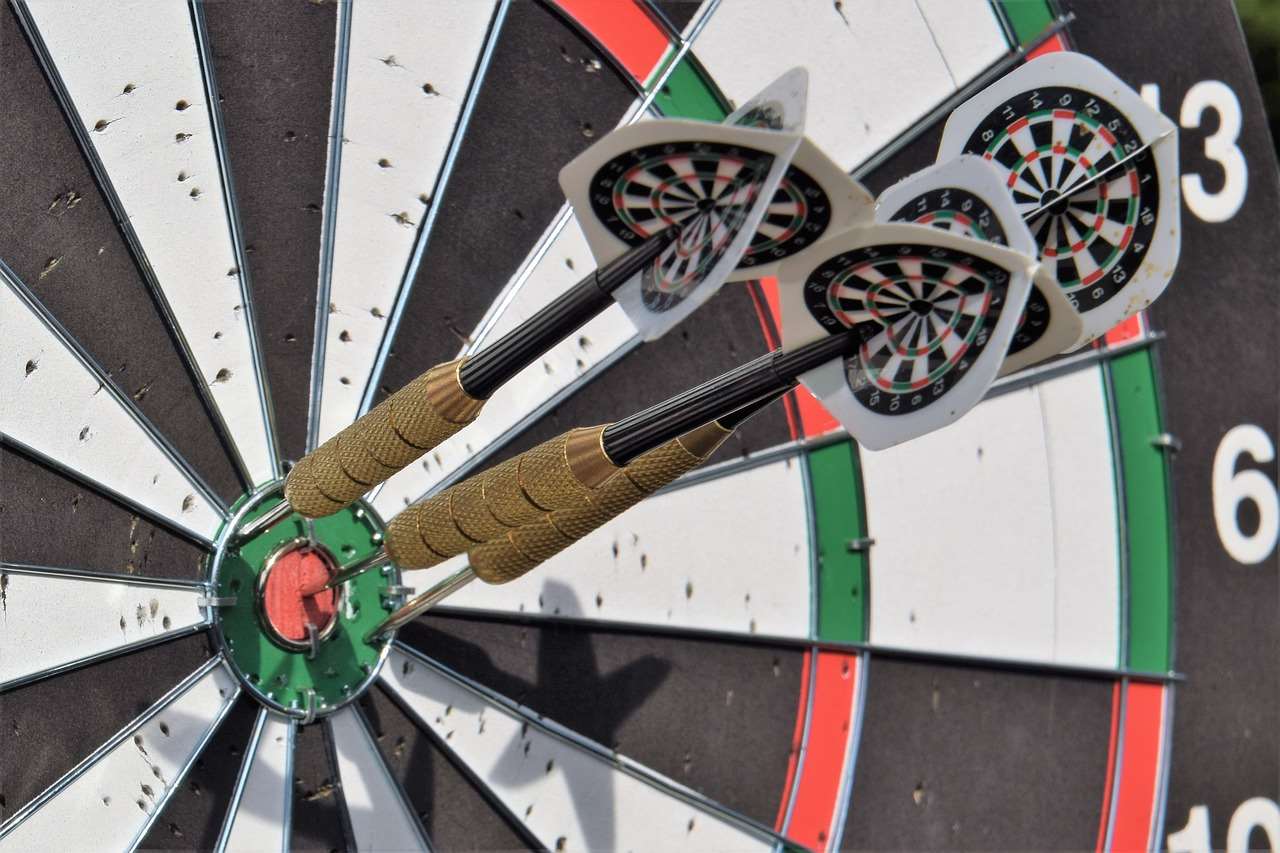
Conclusion: Prioritize Your Health and Enjoy the Game
In conclusion, a proactive dart injury prevention program is essential for all players, from beginners to seasoned professionals. By implementing the strategies outlined in this article, you can significantly reduce your risk of injury and enjoy the game for many years to come. Remember, a comprehensive approach – combining safe practices, physical fitness, and mindful habits – is the key to a long and healthy darts career. Don’t underestimate the importance of consistent effort; even small changes can make a significant difference.
Start building your dart injury prevention program today. Your body will thank you for it! For additional tips and resources, please visit our website and explore our articles on Fitness and rhythm darts and Breathing for confidence boost darts and Sample cross training schedule darts.
Hi, I’m Dieter, and I created Dartcounter (Dartcounterapp.com). My motivation wasn’t being a darts expert – quite the opposite! When I first started playing, I loved the game but found keeping accurate scores and tracking stats difficult and distracting.
I figured I couldn’t be the only one struggling with this. So, I decided to build a solution: an easy-to-use application that everyone, no matter their experience level, could use to manage scoring effortlessly.
My goal for Dartcounter was simple: let the app handle the numbers – the scoring, the averages, the stats, even checkout suggestions – so players could focus purely on their throw and enjoying the game. It began as a way to solve my own beginner’s problem, and I’m thrilled it has grown into a helpful tool for the wider darts community.